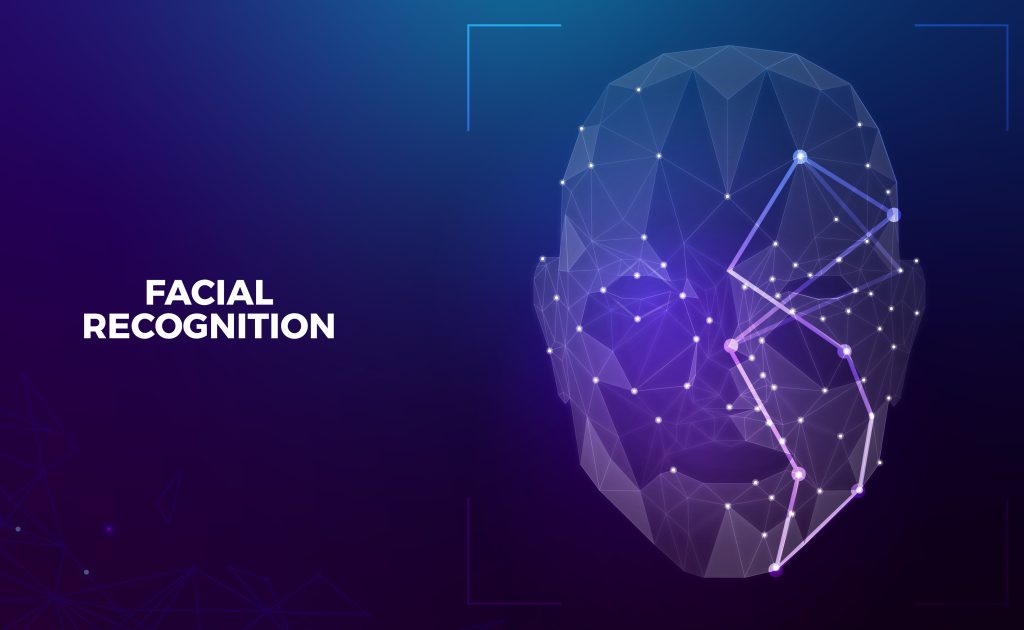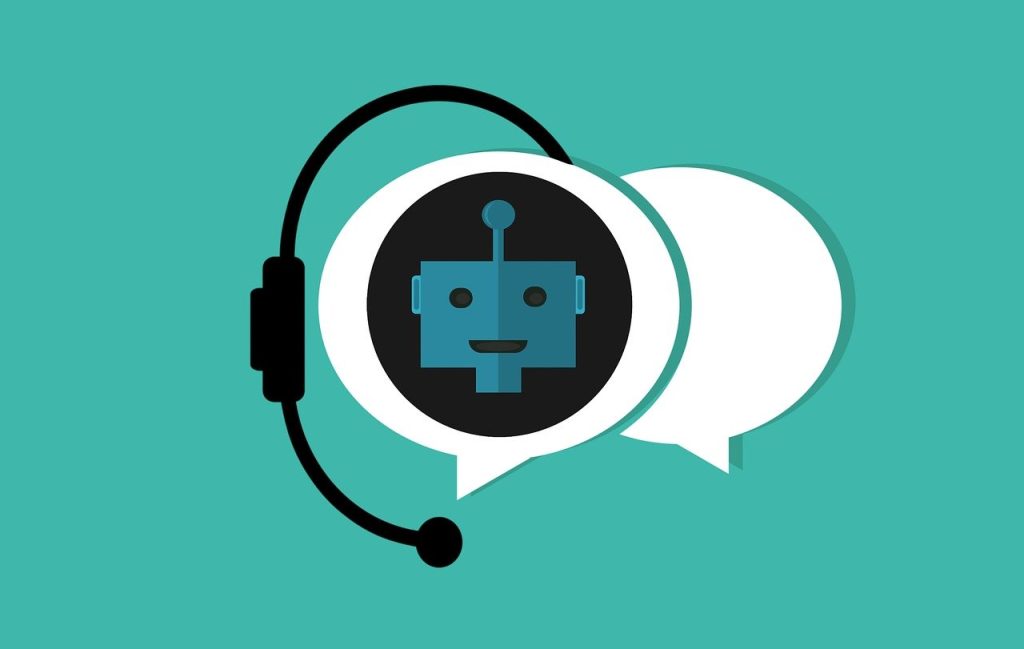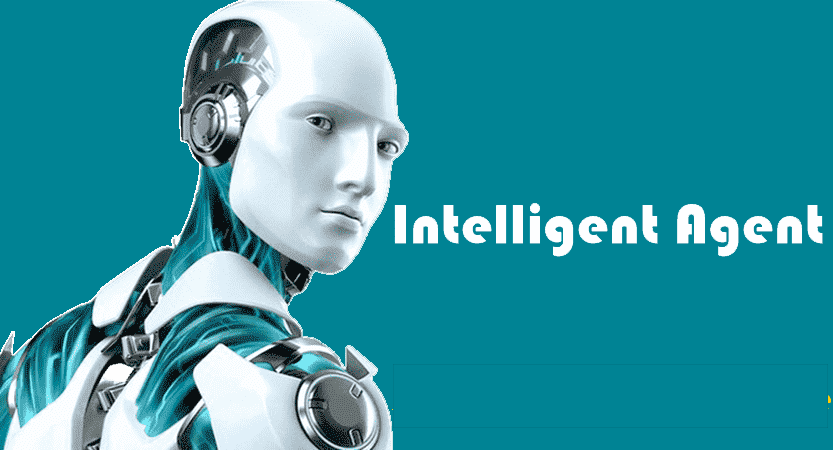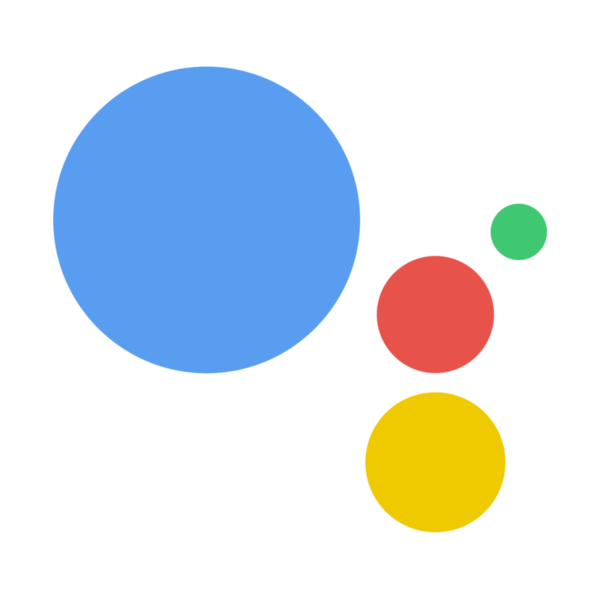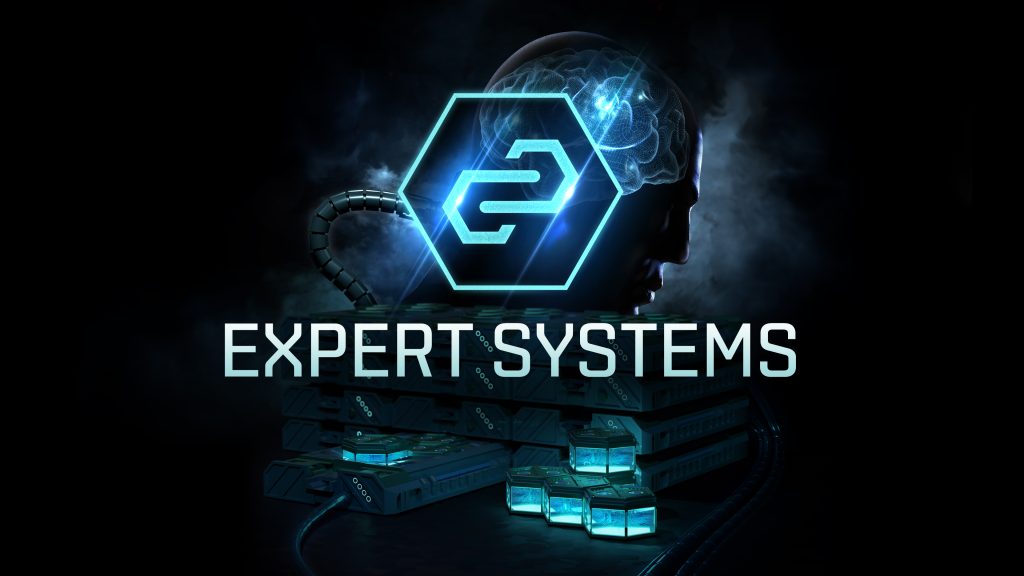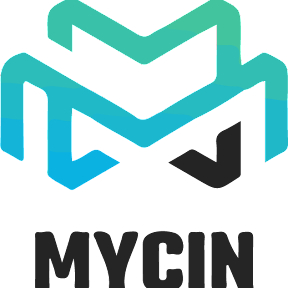What are Object Detection Tools?
Object detection tools are software or frameworks that use computer vision techniques to automatically identify and locate objects within images or video data. These tools employ various algorithms and deep learning models to detect and classify objects of interest, enabling applications such as autonomous vehicles, surveillance systems, robotics, augmented reality, and more.
Here is a list of the top 10 object detection tools widely used in computer vision:
- TensorFlow Object Detection API
- YOLO (You Only Look Once)
- Faster R-CNN (Region-based Convolutional Neural Network)
- EfficientDet
- SSD (Single Shot MultiBox Detector)
- OpenCV
- Mask R-CNN
- Detectron2
- MMDetection
- Caffe
1. TensorFlow Object Detection API
A comprehensive framework developed by Google that provides pre-trained models and tools for object detection tasks. It supports various architectures like SSD, Faster R-CNN, and EfficientDet.
Key features:
- Wide Range of Pre-trained Models: The API includes a variety of pre-trained models with different architectures such as SSD (Single Shot MultiBox Detector), Faster R-CNN (Region-based Convolutional Neural Network), and EfficientDet. These models are trained on large-scale datasets and can detect objects with high accuracy.
- Flexibility and Customization: The API allows users to fine-tune pre-trained models or train their own models using their own datasets. This flexibility enables users to adapt the models to specific object detection tasks and domain-specific requirements.
- Easy-to-Use API: The API provides a user-friendly interface that simplifies the process of configuring, training, and deploying object detection models. It abstracts away many of the complexities associated with deep learning, making it accessible to developers with varying levels of expertise.
2. YOLO (You Only Look Once)
A popular real-time object detection framework known for its fast inference speed. YOLO models, including YOLOv3 and YOLOv4, can detect objects in images and videos with impressive accuracy.
Key features:
- Simultaneous Detection and Classification: YOLO performs object detection and classification in a single pass through the neural network. Unlike traditional methods that perform region proposals and classification separately, YOLO predicts bounding boxes and class probabilities directly. This approach leads to faster inference times.
- Real-Time Object Detection: YOLO is designed for real-time applications and can achieve high detection speeds, typically processing video frames at several frames per second. It has been optimized to run efficiently on both CPUs and GPUs, making it suitable for a wide range of hardware configurations.
- High Accuracy: YOLO achieves high accuracy in object detection, especially for larger objects and scenes with multiple objects. By using a single network evaluation for the entire image, YOLO is able to capture global context, leading to better overall accuracy.
3. Faster R-CNN (Region-based Convolutional Neural Network)
A widely used object detection framework that utilizes a region proposal network (RPN) to generate potential object bounding boxes. It achieves high accuracy by combining region proposal and object classification.
Key features:
- Region Proposal Network (RPN): Faster R-CNN introduces the RPN, which generates region proposals by examining anchor boxes at various scales and aspect ratios. The RPN is trained to predict objectness scores and bounding box offsets for potential regions of interest.
- Two-Stage Detection Pipeline: Faster R-CNN follows a two-stage detection pipeline. In the first stage, the RPN generates region proposals, and in the second stage, these proposals are refined and classified. This two-stage approach improves accuracy by separating region proposal generation from object classification.
- Region of Interest (RoI) Pooling: RoI pooling is used to extract fixed-size feature maps from the convolutional feature maps based on the region proposals. It allows the network to handle regions of different sizes and spatial locations, making it invariant to scale and translation.
4. EfficientDet
A state-of-the-art object detection model that achieves a balance between accuracy and efficiency. EfficientDet models are based on EfficientNet and have demonstrated excellent performance on various object detection benchmarks.
Key features:
- EfficientNet Backbone: EfficientDet leverages the EfficientNet architecture as its backbone. EfficientNet models are efficient and scalable, achieving a balance between model size and accuracy by using a compound scaling technique that optimizes depth, width, and resolution.
- Efficient Object Detection: EfficientDet introduces a compound scaling technique specifically tailored for object detection. It scales the backbone network, as well as the bi-directional feature network and box/class prediction networks, to achieve efficient and accurate object detection.
- Object Detection at Different Scales: EfficientDet utilizes a multi-scale feature fusion technique that allows the network to capture and combine features at different scales. This improves the detection of objects of various sizes and helps handle objects with significant scale variations within the same image.
5. SSD (Single Shot MultiBox Detector)
A real-time object detection framework that predicts object classes and bounding box offsets at multiple scales. It offers a good balance between accuracy and speed.
Key features:
- Single Shot Detection: SSD is a single-shot object detection framework, meaning it performs object localization and classification in a single pass through the network. It eliminates the need for separate region proposal and object classification stages, resulting in faster inference times.
- MultiBox Prior Generation: SSD uses a set of default bounding boxes called “priors” or “anchor boxes” at different scales and aspect ratios. These priors act as reference boxes and are used to predict the final bounding box coordinates and object classes during inference. The network learns to adjust the priors to better fit the objects in the image.
- Feature Extraction Layers: SSD utilizes a base convolutional network, such as VGG or ResNet, to extract features from the input image. These features are then fed into multiple subsequent convolutional layers of different sizes to capture information at various scales. This enables the detection of objects of different sizes and aspect ratios.
6. OpenCV
An open-source computer vision library that provides a wide range of algorithms and tools for object detection. It includes Haar cascades and other classical object detection methods, making it accessible and versatile.
Key features:
- Image and Video Processing: OpenCV provides a wide range of functions and algorithms for image and video processing. It allows for tasks such as loading, saving, resizing, filtering, transforming, and manipulating images and videos.
- Feature Detection and Extraction: OpenCV includes methods for detecting and extracting various image features, such as corners, edges, key points, and descriptors. These features can be used for tasks like object recognition, tracking, and image matching.
- Object Detection and Tracking: OpenCV offers pre-trained models and algorithms for object detection and tracking. It includes popular techniques such as Haar cascades, HOG (Histogram of Oriented Gradients), and more advanced deep learning-based methods.
7. Mask R-CNN
A popular extension of the Faster R-CNN framework that adds a pixel-level segmentation capability. Mask R-CNN can detect objects and generate pixel-wise masks for each object in an image.
Key features:
- Two-Stage Detection: Mask R-CNN follows a two-stage detection pipeline. In the first stage, it generates region proposals using a region proposal network (RPN). In the second stage, these proposals are refined and classified, along with generating pixel-level masks for each object instance.
- Instance Segmentation: Mask R-CNN provides pixel-level segmentation masks for each detected object instance. This allows for precise segmentation and separation of individual objects, even when they are overlapping or occluded.
- RoI Align: Mask R-CNN introduces RoI Align, a modification to RoI pooling, to obtain accurate pixel-level alignment between the features and the output masks. RoI Align mitigates information loss and avoids quantization artifacts, resulting in more accurate instance segmentation masks.
8. Detectron2
A modular and high-performance object detection framework developed by Facebook AI Research. It provides a collection of state-of-the-art object detection models and tools built on top of the PyTorch deep learning library.
Key features:
- Modular Design: Detectron2 has a modular design that allows users to easily customize and extend the framework. It provides a collection of reusable components, such as backbones, feature extractors, proposal generators, and heads, which can be combined or replaced to create custom models.
- Wide Range of Models: Detectron2 offers a wide range of state-of-the-art models for various computer vision tasks, including object detection, instance segmentation, keypoint detection, and panoptic segmentation. It includes popular models such as Faster R-CNN, Mask R-CNN, RetinaNet, and Cascade R-CNN.
- Support for Custom Datasets: Detectron2 supports training and evaluation on custom datasets. It provides easy-to-use APIs for loading and preprocessing data, as well as tools for defining custom datasets and data augmentations. This allows users to adapt the framework to their specific data requirements.
9. MMDetection
An open-source object detection toolbox based on PyTorch. It offers a rich collection of pre-trained models and algorithms, including popular architectures like Faster R-CNN, Cascade R-CNN, and RetinaNet.
Key features:
- Modular Design: MMDetection follows a modular design that allows users to easily configure and customize the framework. It provides a collection of reusable components, including backbone networks, necks, heads, and post-processing modules, which can be combined or replaced to create custom object detection models.
- Wide Range of Models: MMDetection offers a wide range of models, including popular ones like Faster R-CNN, Mask R-CNN, Cascade R-CNN, RetinaNet, and SSD. It also supports various backbone networks, such as ResNet, ResNeXt, and VGG, allowing users to choose models that best suit their requirements.
- Support for Various Tasks: MMDetection supports not only object detection but also other related tasks such as instance segmentation, semantic segmentation, and keypoint detection. It provides models and algorithms for these tasks, enabling users to perform a comprehensive visual understanding of images.
10. Caffe
A deep learning framework is known for its efficiency and speed. Caffe provides pre-trained models and tools for object detection tasks, making it a popular choice among researchers and developers.
Key features:
- Efficiency: Caffe is designed to be highly efficient in terms of memory usage and computation speed. It utilizes a computation graph abstraction and optimized C++ and CUDA code to achieve fast execution times, making it suitable for large-scale deep-learning tasks.
- Modularity: Caffe follows a modular design that allows users to build and customize deep neural network architectures. It provides a collection of layers, including convolutional, pooling, fully connected, activation, and loss layers, that can be combined to create custom network architectures.
- Pretrained Models and Model Zoo: Caffe offers a model zoo that hosts a collection of pre-trained models contributed by the community. These pre-trained models can be used for a variety of tasks, including image classification, object detection, and semantic segmentation, allowing users to leverage existing models for transfer learning or as a starting point for their projects.
